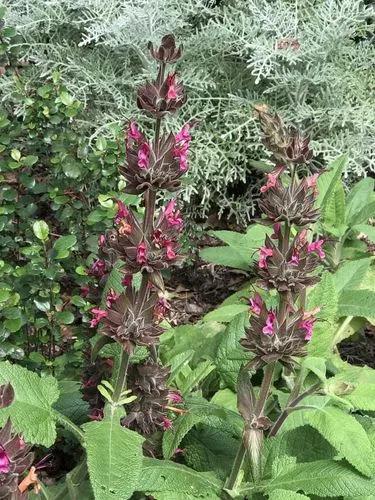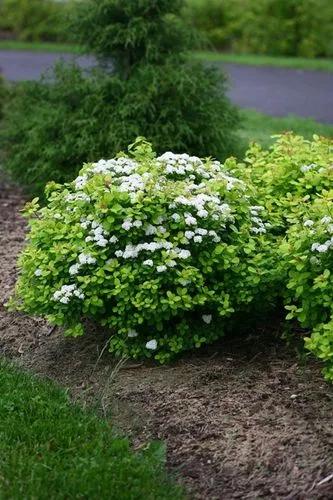Dietes bicolor (variously known as African iris or fortnight lily) is a clump-forming rhizomatous perennial plant with long sword-like pale-green leaves, growing from multiple fans at the base of the clump. This species belongs to the Iridaceae (Iris) family. It can form large clumps if left undisturbed for years. This species is common in horticulture in its native South Africa, where it is often used in public gardens, beautification of commercial premises and along roadsides.
African Iris Care
Dietes Bicolor



How to Care for the Plant

Water

Provide regular watering -- about 1 inch of water per week -- during long periods of no rain. African irises are drought tolerant once established but grow best and produce better flowers when they receive water weekly.

Pruning

Cut brown or yellowing leaves and stalks back to the base of the plant with pruning shears.

Soil

The African iris prefers a fertile, moist, well-draining soil with a slightly acidic to alkaline pH between 6.1 and 7.8. It thrives in loam, heavy clay or sandy soil. While the plants need regular watering for the first year, the African iris is somewhat drought tolerant once established in the garden.

Temperature

Part Sun; Sun

Container

In colder zones, grow African iris as an annual in containers. Overwinter containers indoors in a bright window, barely watering plants through winter. Alternately, place African iris in pots in a protected, cool and dark location, like a basement, and let plants go dormant in winter.

Additional

Iris toxicity is generally mild in humans, but in pets and cattle, it can cause serious illness and death. Symptoms of iris poisoning in pets vary in severity depending on amount of exposure and which part of the plant was ingested. This clumping, robust perennial has stiff leaves radiating up and out in a fan-shaped pattern. The flower spikes are topped with 3-inch white flowers marked with yellow and blue. African iris is also attractive when used as an accent planted in a shorter groundcover.

Popularity

1,482 people already have this plant 218 people have added this plant to their wishlists
Discover more plants with the list below
Popular articles






